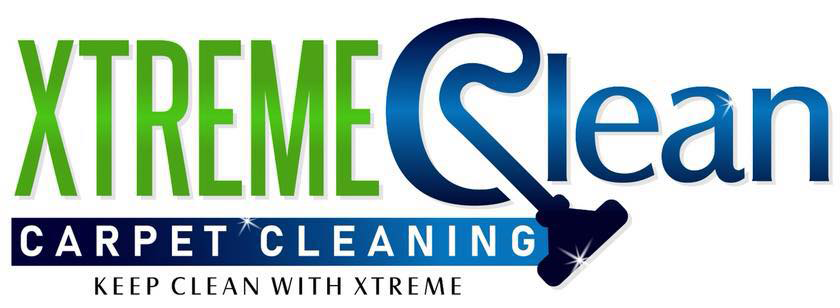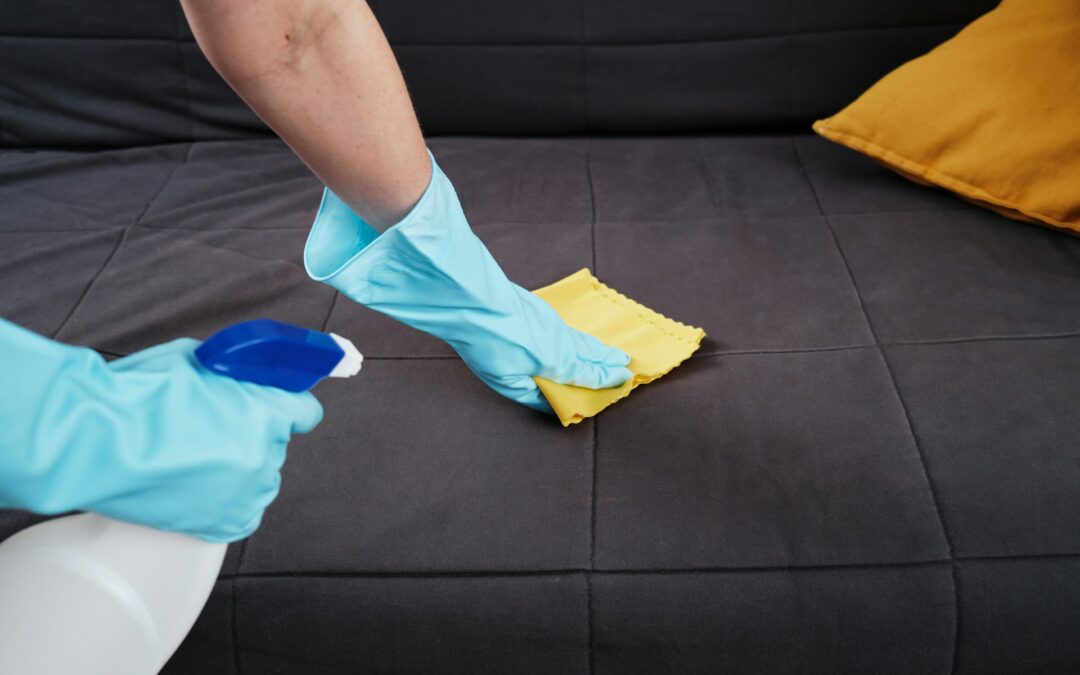Upholstered furniture makes a house feel like home. It’s where you curl up with a good book, share conversations with family, or settle in after a long day. But when spills happen—a glass of wine tipping over, the dog hopping up with muddy paws, or a pen slipping from your hand—your favorite pieces can quickly lose their fresh, inviting look.
Stains on upholstery can be stubborn and sometimes intimidating to tackle. The wrong cleaning method can set the stain permanently or even damage the fabric. That’s why approaching stain removal with the right techniques and a gentle touch is so important.
This isn’t just about appearances. Proper upholstery care helps maintain the structure, color, and comfort of your furniture, ensuring it lasts for years. Neglecting stains allows them to sink deeper into the fibers, making them harder to remove and potentially causing long-term damage. And since every spill has its own personality—coffee, ink, pet accidents—they each require a tailored solution.
Many of us have a favorite chair or couch that’s seen its fair share of life. The good news? With the right preparation, cleaning techniques, and maintenance habits, you can restore its beauty and keep it welcoming for years to come.
Common Types of Stains on Upholstered Furniture
Life brings joy, laughter, and—let’s be honest—a few messes along the way. Here are the most common stains you might encounter and why they deserve specific care:
Food Spills: Dropping a bit of tomato sauce, salad dressing, or chocolate on the couch can leave behind oily or pigmented stains. The longer they sit, the more they bind to fibers, making removal tougher.
Pet Stains: Pets bring warmth to a home, but also the occasional challenge. Accidents, muddy paw prints, and pet hair can all cause odors and discoloration. Pet stains also require odor-neutralizing solutions to fully address the problem.
Ink Marks: Pens, markers, or even certain cosmetics can leave stubborn ink stains that set quickly. Ink molecules bond to fibers fast, so timing is critical.
Beverage Spills: Coffee, tea, soda, and red wine are frequent offenders. These liquids often penetrate deeply into fabrics and leave visible discoloration, especially on lighter upholstery.
Each of these stain types affects fibers differently, which is why a one-size-fits-all approach rarely works.
Preparing for the Cleaning Process
A little preparation before cleaning goes a long way. Think of it as setting the stage for success—protecting your furniture while increasing the likelihood of full stain removal.
1. Vacuum Thoroughly
Before you do anything else, vacuum the entire piece of furniture. This removes loose dirt, dust, and crumbs that could grind into the fabric during cleaning. Use upholstery attachments for crevices and seams.
2. Check Care Labels
Most furniture comes with a care label that tells you what cleaning methods are safe. These codes—like W, S, WS, or X—indicate whether water-based cleaners, solvent-based cleaners, or vacuuming only is recommended.
3. Test Cleaning Solutions
Even safe cleaners can react differently to certain fabrics. Always test a small, hidden section first to make sure there’s no color fading, shrinkage, or texture change.
4. Gather the Right Tools
A soft cloth, microfiber towel, gentle sponge, small bucket, mild detergent, vinegar, baking soda, and a soft-bristled brush are basics worth having on hand. Avoid harsh chemicals unless specifically recommended for your fabric.
Effective Techniques for Removing Stubborn Stains
Once you’ve prepped your workspace and furniture, it’s time to tackle the stains. The key here is patience and gentle handling—rushing or scrubbing too hard can damage fibers.
Food Stains
Blot the spill immediately with a clean, dry cloth to absorb as much as possible. Avoid rubbing, as this spreads the stain. Mix a few drops of mild dish soap into warm water and dab with a clean cloth. Rinse by blotting with plain water and pat dry.
Pet Stains
For accidents, wear gloves to remove solids. Blot liquids with paper towels or a cloth. Sprinkle baking soda generously over the spot to absorb moisture and odors—let it sit for 15–30 minutes, then vacuum. Follow with a 50/50 mix of white vinegar and water to neutralize remaining smells.
Ink Stains
Time is critical—blot immediately with a cloth lightly dampened with rubbing alcohol. Always blot, never scrub, and work from the outside in. Use light pressure to avoid spreading. For delicate fabrics, consult a professional before applying alcohol.
Beverage Stains
Blot right away to remove as much liquid as possible. Mix one tablespoon of vinegar, one tablespoon of mild detergent, and two cups of cool water. Dab gently with a sponge, then blot with a clean, damp cloth to rinse.
Pro Tip: Always use a light touch and rotate to a clean section of your cloth frequently to avoid reapplying the stain.
When to Seek Professional Help
Sometimes a stain refuses to budge—or the fabric is simply too valuable to risk. Calling in a professional is wise when:
- The upholstery is antique, delicate, or high-value.
- Stains have been there for weeks or months.
- The affected area is large or the fabric is specialty material.
- You’ve tried DIY methods without success.
Professional upholstery cleaners, like Xtreme Clean 95, have specialized equipment and fabric-safe solutions that can reach deep into fibers without causing damage. We also have the training to identify the safest and most effective method for each unique situation.
Preventing Stains and Protecting Your Furniture
Prevention is easier than cure. Here are habits that help keep your furniture looking its best:
- Use Slipcovers or Throws: Especially in high-traffic areas or homes with pets and kids.
- Establish No-Food Zones: Limiting eating and drinking on furniture reduces spills.
- Vacuum Weekly: Keeps dust and dirt from becoming embedded.
- Rotate Cushions: Distributes wear evenly and prevents certain spots from fading faster.
- Apply Fabric Protector: A quality upholstery protector can help repel liquids and stains.
- Schedule Regular Professional Cleaning: Once or twice a year keeps fabrics fresh and extends their lifespan.
Maintaining a Healthy, Inviting Home
Your upholstered furniture is more than just a seat—it’s part of the heart of your home. Keeping it fresh, clean, and stain-free means it will always be ready to welcome guests and provide comfort for your family.
By understanding the different types of stains, preparing properly, using gentle but effective techniques, and knowing when to call in the professionals, you can protect both the look and the longevity of your favorite pieces.
The Xtreme Clean 95 Difference
At Xtreme Clean 95, we treat your home like it’s our own. With more than 15 years of experience in West Chester and surrounding communities, we’ve seen—and successfully removed—just about every type of stain imaginable. Our eco-friendly, family- and pet-safe products ensure a thorough clean without harsh chemicals, so your furniture is safe for everyone.
Whether you need urgent help with a tough stain or want to schedule routine maintenance, we’re here to keep your upholstered furniture looking its best.
Final Thoughts
Keeping your upholstered furniture in pristine condition doesn’t have to be overwhelming. By applying the right techniques, being proactive with care, and partnering with trusted professionals, you can enjoy fresh, beautiful furniture for years to come.
If you’re ready to refresh your home and restore your upholstery, explore how Xtreme Clean 95’s professional furniture cleaning services can help. We’re here to keep your home looking and feeling warm, fresh, and inviting—every single day.



